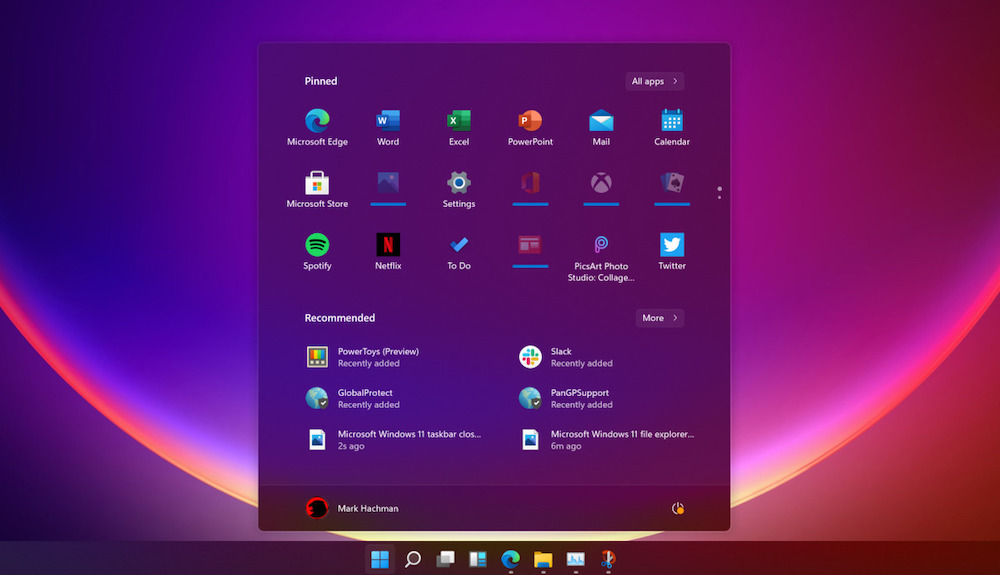Today we have to go back to the year 1554. In the courtyard of a farmhouse in Pachuca de Soto, now the Mexican state of Hidalgo. There, Bartolomé de Medina did not stop giving strange instructions: “Grind the mineral!” “Grind finer!” “Mix it with salt water, mercury and copper sulfate!” “Don’t stop mixing!” “Is it glowing? Tilila? So soon.” “It must be dark, it must be corrupt.” “More salt water!”
The Sevillian of nearly 50 years will discoverThe most important technological innovation of the Spanish Empire. An innovation that will make the world dance around a beautiful valley, on the border between the plateau and Andalusia. We are going to Almadén mining park.
Declining silver problem
Studies on the courtyard method at Hacienda Nueva de Fresnillo de González Echeverría, Zacatecas (Pietro Gualdi, 1846)
Not even 50 years after your discovery, American silver production was already falling. The reason was simple: high-quality ores were dwindling, and production costs skyrocketed as a result of the ban on Native American slavery.
In most of the “big mines” in America it was certainly not profitable to mine the extremely expensive silver. It was this problem that had intrigued Bartolomé de Medina for years. Fortunately, she met teacher Lorenzo; a German who introduced him to some modern methods of joining silver. That is, by chemical techniques to separate minerals.
Enthusiastic about the idea, Lorenzo and Bartolomé wanted to travel to America. Thus, this is how Bartomolé came to Pachuca de Soto and set up his hacienda, even without Lorenzo’s permission. But things did not go as expected: the system they designed didn’t work.
After two years of testing and experimentation, the use of some local material (rich in copper sulphate) appears to have worked a miracle: a method for the easy and inexpensive extraction of silver; A method that forever changed world history, and especially American history. The only problem was that they needed mercury, or mercury as we now know it.
the heart of the world
Fortunately, in a remote corner of the Sierra Morena lurked the world’s largest mercury mine: Almadén.
The Almadén mine has been known since at least Roman times. Mining of cinnabar (a mineral high in mercury and sulfur) was very popular in Latin times because fine cinnabar powder was used throughout the empire to dye everything red.
Later, thanks to Islamic trade networks, Almadén gained immense popularity as a center for mercury production. In fact, it has become “the world’s mercury supply hub”. medicine and alchemy of the entire medieval world”.
However, the villa did not become the jewel in the crown until the discovery of American silver. The processes that allow mercury to be transported from Almadén to Seville and from there halfway around the world make for an adventure novel.
But one thing is clear, he had A central role in the “expansion of the Spanish Empire” and “contributed to the consolidation of the European monetary and economic system”“. In addition, the Almadén Mining Academy has become one of the key points in the worldwide development of mining science.
a world ending
For centuries, Almadén was the heart that pumped mercury through the arteries of the Empire. Later, when corruption and decline began to manifest, they became a constant part of the kingdom’s tributes. One in every three kilos of mercury used in the world was passed from hand to hand (and families as powerful as the Rothschilds came to run the mines) because it came from there.
All this ended in 2003. Reducing the use of mercury all over the world and subsequently the new health and environmental regulations of the European Union, they made the mine unsustainable and it closed. After years of work, Almadén Mining Park is a monstrous place to see where technology goes hand in hand with history.
Underground mines are the best example of this. Not only that, in Almadén we can visit mines from the 17th and 18th centuries; We can see on site We may be horrified at how mining has developed and the working conditions in the mining prison. In Almadén we can feel what it feels like.to the ‘sistine chapel’ of mining, “one of the most daring and remarkable works ever performed”: the baritel of San Andrés.
A baritel is essentially a way of turning the power of mules into an extraction machine. What has happened is that it is still an admirable engineering marvel today (more than 200 years after its construction).
In addition, in the Mining Park, which was declared a World Heritage Site in 2012, you can see the quarries, metallurgy sections and the entire social network that has developed around the mine for centuries. The mainstay where the Hispanic Crown moves the world.
More
The history of Almadén is the history of Spanish mining. The story of how some of the country’s most important landmarks were abandoned over the decades, leaving little more than forgotten behind.
In this forgotten part of Ciudad Real, they are looking for new tourist deposits that can be exploited and it makes sense. Also in Almadén stands out the bullring (also a World Heritage Site) or the Retamar fortress, built to defend the mercury mines. This and a wonderful view.
on Xataka | The forgotten region that hides the first oil field in Spain: an incredible sight and a very rare piece of the country’s technological history
Image | Almadén Mining Park

















